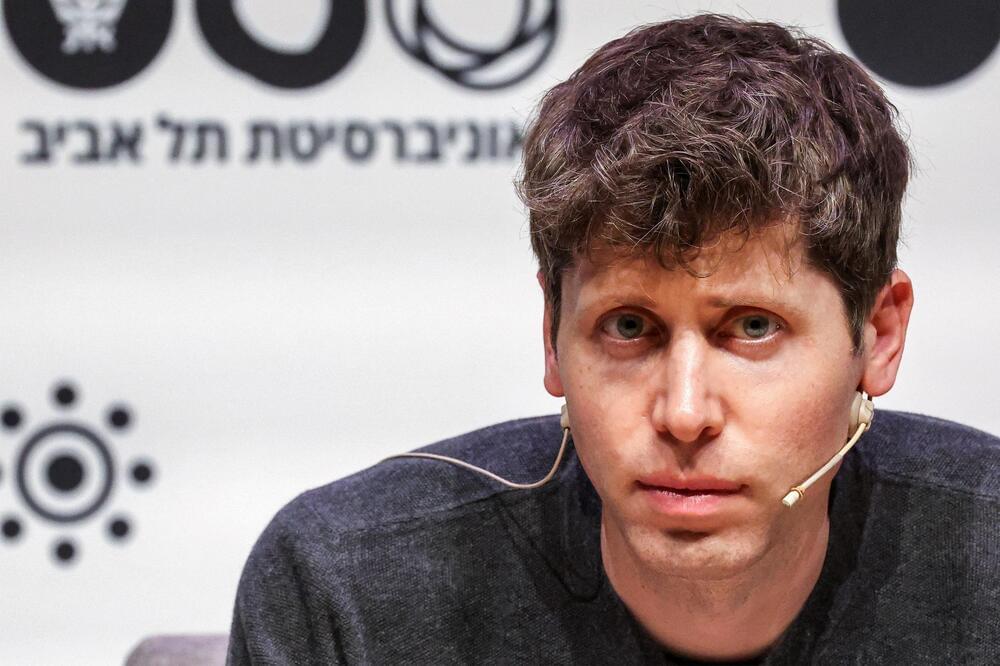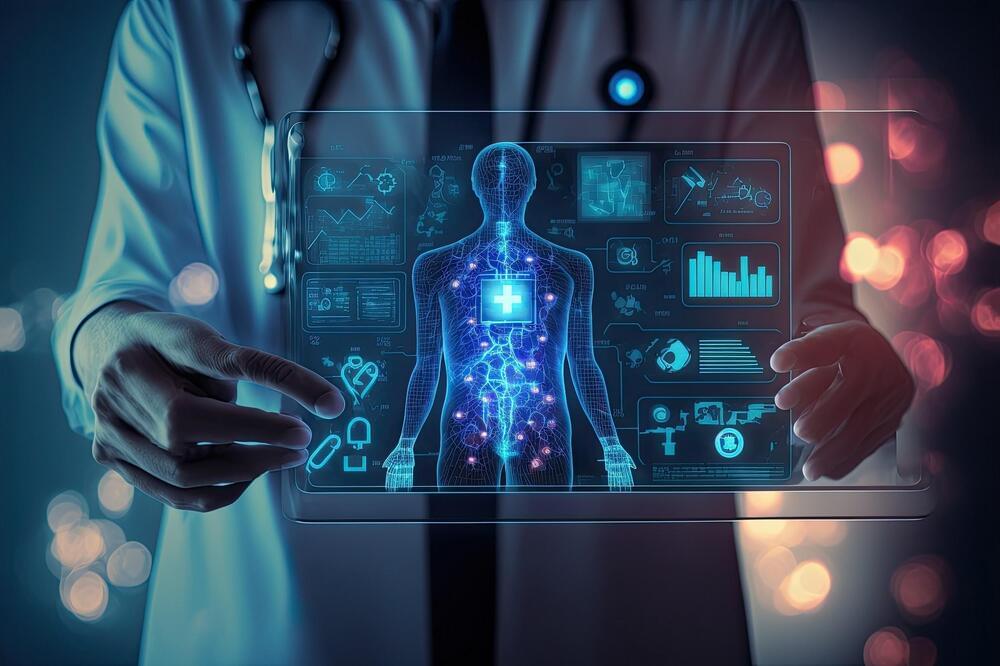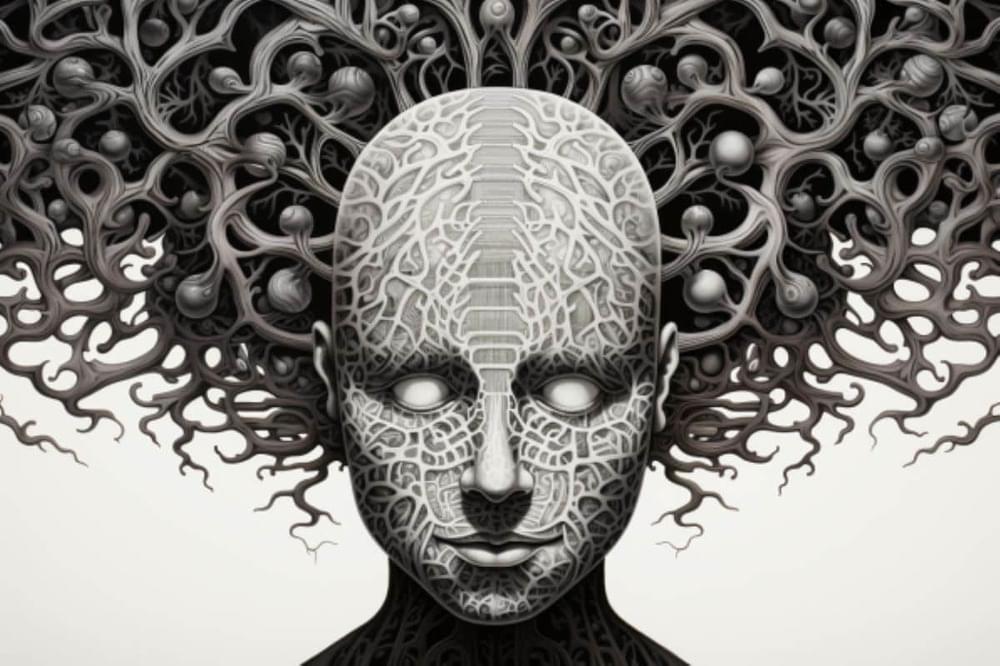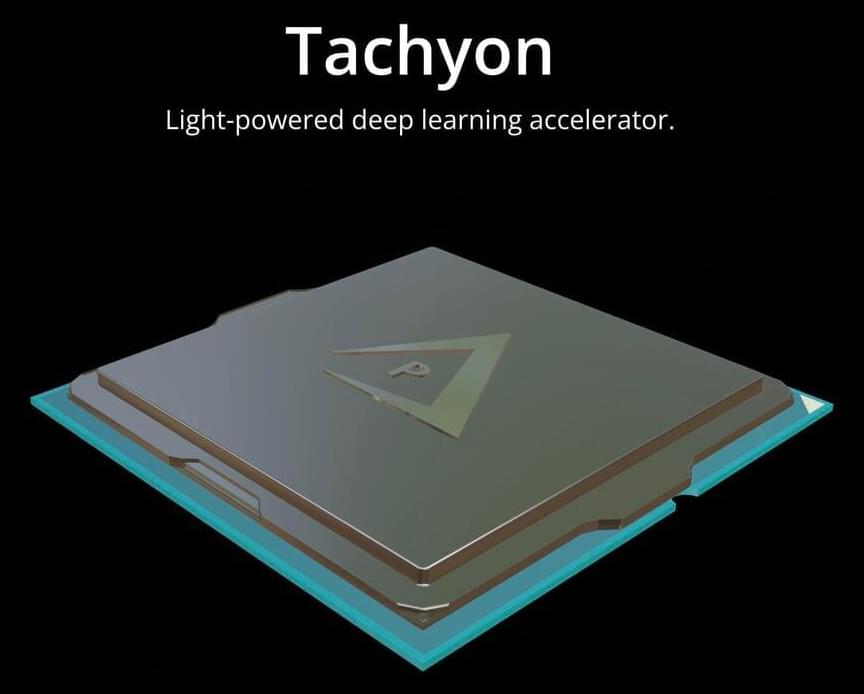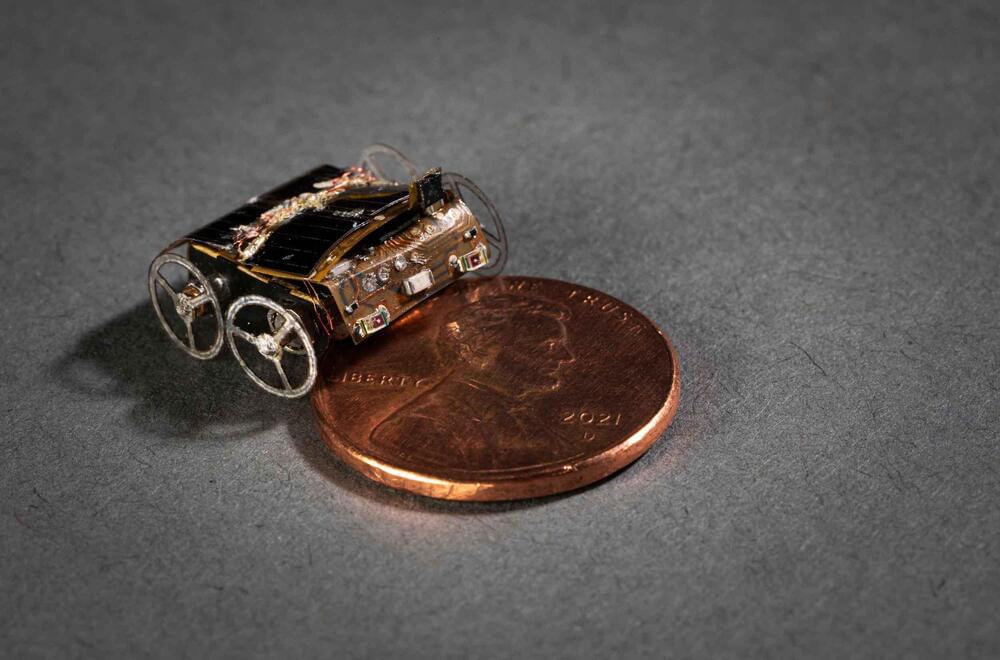Amazon today announced the general availability of Bedrock, its service that offers a choice of generative AI models from Amazon itself and third-party partners through an API.
Bedrock, which was unveiled in early April, allows AWS customers to build apps on top of generative AI models and customize them with their proprietary data. Leveraging these models, brands and developers can also create AI “agents” that automatically execute tasks like booking travel, managing inventory and processing insurance claims.
In the coming weeks, Llama 2, the open source large language model from Meta, will come to Bedrock, Amazon says — joining models from AI21 Labs, Anthropic, Cohere and Stability AI.

